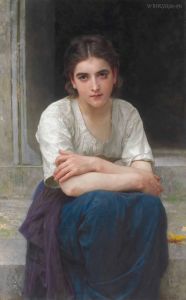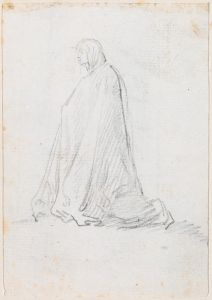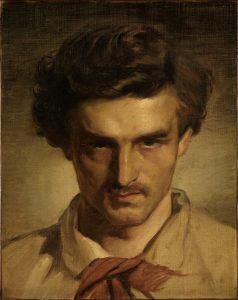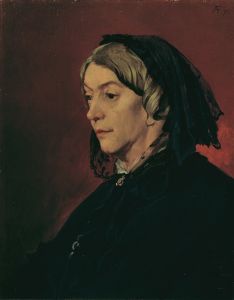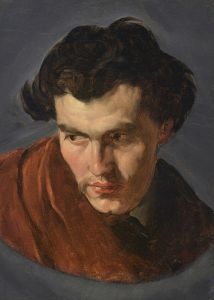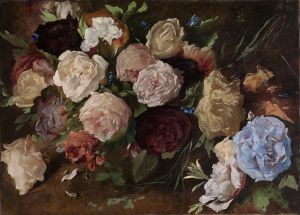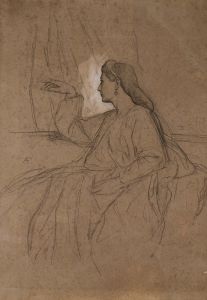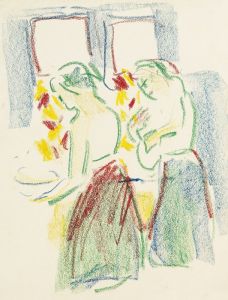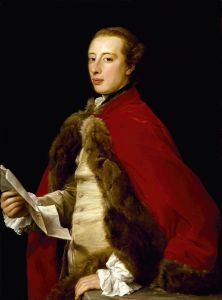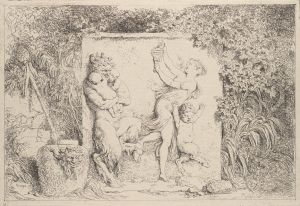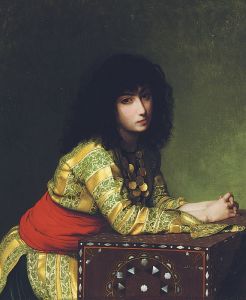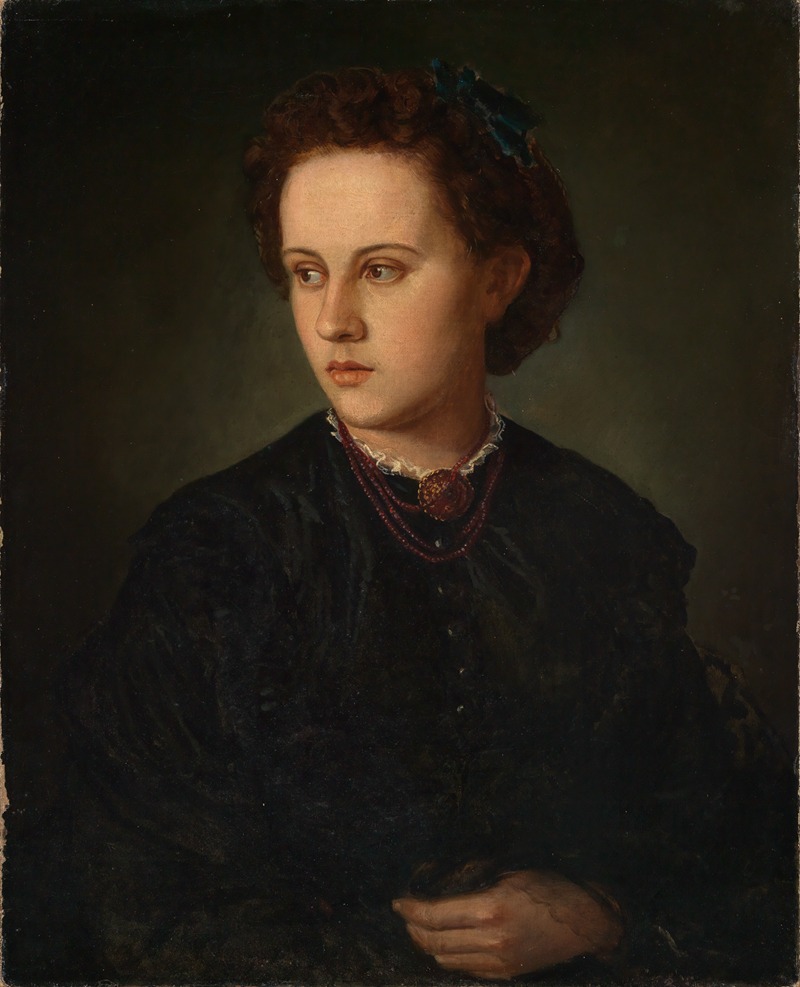
Bildnis eines Mädchens
A hand-painted replica of Anselm Feuerbach’s masterpiece Bildnis eines Mädchens, meticulously crafted by professional artists to capture the true essence of the original. Each piece is created with museum-quality canvas and rare mineral pigments, carefully painted by experienced artists with delicate brushstrokes and rich, layered colors to perfectly recreate the texture of the original artwork. Unlike machine-printed reproductions, this hand-painted version brings the painting to life, infused with the artist’s emotions and skill in every stroke. Whether for personal collection or home decoration, it instantly elevates the artistic atmosphere of any space.
Anselm Feuerbach, a prominent German painter of the 19th century, is known for his classical style and his contributions to the German art scene during his time. One of his works, "Bildnis eines Mädchens" (Portrait of a Girl), exemplifies his skill in portraiture and his ability to capture the essence of his subjects with a refined and elegant touch.
Feuerbach was born on September 12, 1829, in Speyer, Germany, into a family with a strong artistic and academic background. His father, Joseph Anselm Feuerbach, was a well-known archaeologist, which likely influenced Anselm's interest in classical themes and subjects. Feuerbach's education in art began at the Düsseldorf Academy, where he studied under Johann Wilhelm Schirmer and later moved to Munich and Paris to further his studies. In Paris, he was influenced by the works of Gustave Courbet and Eugène Delacroix, which helped shape his artistic style.
"Bildnis eines Mädchens" is a testament to Feuerbach's classical approach, characterized by its serene composition and the subtle interplay of light and shadow. The painting depicts a young girl, captured with a sense of tranquility and introspection. Feuerbach's use of color is restrained yet effective, highlighting the delicate features of the girl and the soft textures of her clothing. The background is typically subdued, allowing the viewer to focus entirely on the subject's expression and posture.
Feuerbach's portraits often reflect his interest in idealized beauty and classical antiquity, drawing inspiration from ancient Greek and Roman art. This influence is evident in the way he portrays his subjects with a sense of timelessness and grace. "Bildnis eines Mädchens" is no exception, as it embodies these qualities, showcasing Feuerbach's ability to blend realism with an idealized aesthetic.
Throughout his career, Feuerbach was associated with the Düsseldorf School of Painting, a group known for its emphasis on detailed and realistic depictions. However, Feuerbach's work also shows a departure from strict realism, as he often infused his paintings with a sense of romanticism and idealism. This combination of styles is part of what makes his work distinctive and appreciated by art historians and enthusiasts alike.
Feuerbach spent a significant portion of his career in Italy, where he was deeply influenced by the Renaissance masters. This period in Italy was crucial for his development as an artist, as it allowed him to immerse himself in the rich artistic heritage of the region. The influence of Italian art is evident in "Bildnis eines Mädchens," as it reflects the harmonious composition and refined elegance characteristic of Renaissance portraiture.
Despite his considerable talent, Feuerbach struggled to gain widespread recognition during his lifetime. His work was often overshadowed by the more popular styles of his contemporaries. However, he was highly regarded by a small circle of admirers, including the influential art historian and critic, Julius Meier-Graefe, who later helped to elevate Feuerbach's status in the art world.
Today, Anselm Feuerbach is remembered as one of the leading figures of German classicism, and his works, including "Bildnis eines Mädchens," continue to be studied and appreciated for their artistic merit and historical significance. The painting remains a fine example of Feuerbach's ability to capture the beauty and complexity of the human spirit through his masterful use of paint and composition.





